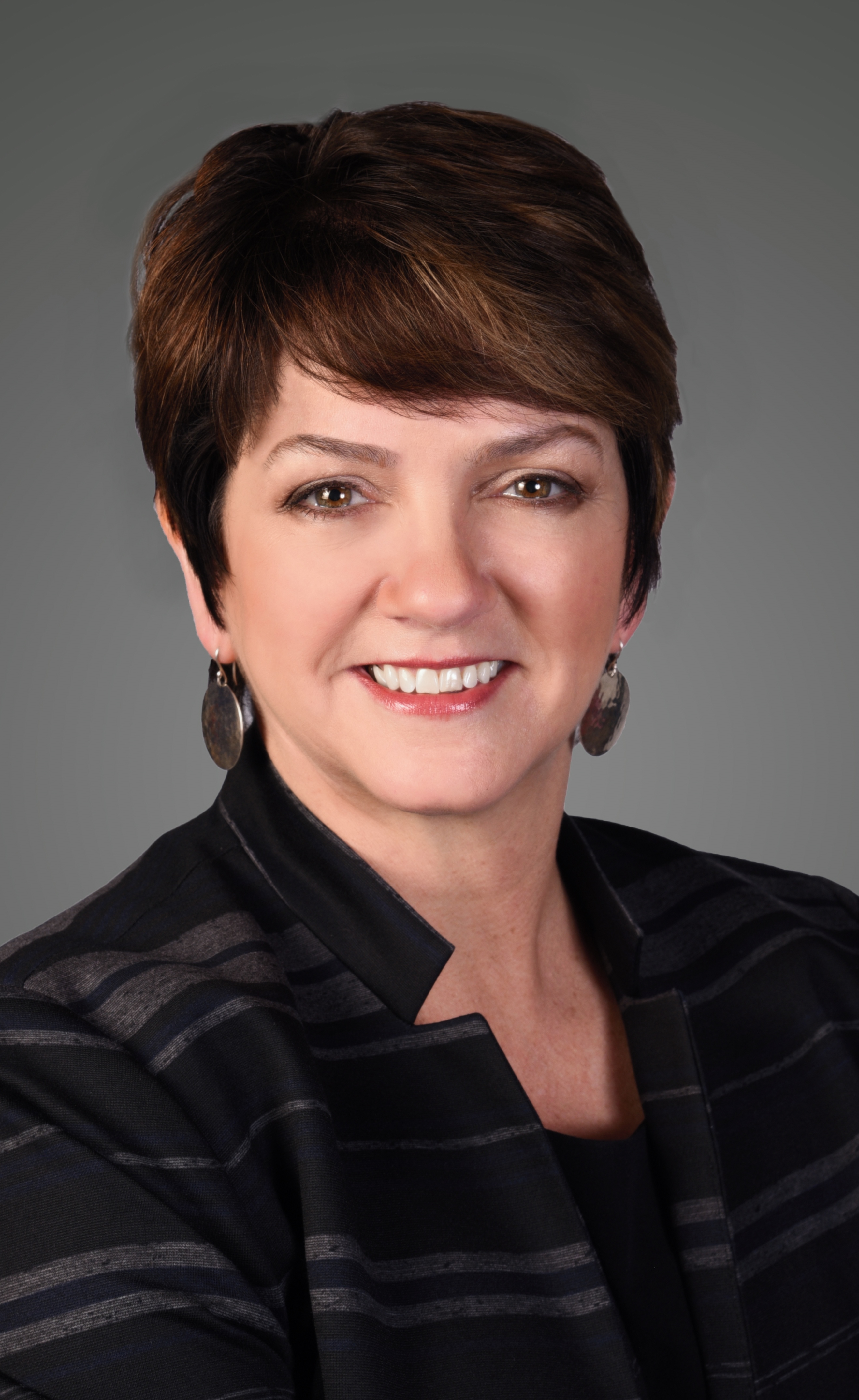 By Kelly T. Custer and Beth Anne Jackson, Brown & Fortunato, P.C.
By Kelly T. Custer and Beth Anne Jackson, Brown & Fortunato, P.C.
Congress and CMS have issued round after round of sweeping regulatory waivers and rule changes to provide flexibility to the health care system as America grapples with COVID-19. These changes include provisions that make it remarkably easier for Medicare and Medicaid beneficiaries to access telehealth services. This article summarizes some of the changes and our thoughts on what telehealth will look like beyond the current public health emergency (PHE).


Warning: Undefined variable $posClass in /home1/mjhnewsc/public_html/wp-content/plugins/ap-plugin-scripteo/lib/functions.php on line 1078
During the PHE, hospitals may bill for services furnished remotely by hospital-based practitioners to Medicare patients registered as hospital outpatients, including patients located in their homes, when the home is serving as a temporary provider-based department of the hospital. Examples of such services include counseling and educational services as well as therapy services. Hospitals may also bill as the originating site for these telehealth services. Further, the video requirement for certain telephone evaluation and management services has been waived for telehealth services, thus allowing an audio-only telephone conversation.
Warning: Undefined variable $posClass in /home1/mjhnewsc/public_html/wp-content/plugins/ap-plugin-scripteo/lib/functions.php on line 1078
Similarly, many behavioral health and patient education services conducted by audio-only telephone conversations between beneficiaries and their clinicians are now covered by Medicare. Payments for these telephone visits have increased to match payments for similar office and outpatient visits and are retroactive to March 1, 2020.
Warning: Undefined variable $posClass in /home1/mjhnewsc/public_html/wp-content/plugins/ap-plugin-scripteo/lib/functions.php on line 1078


As a result of the PHE, Medicare currently covers telehealth services provided by rural health clinics and federally qualified health clinics. And CMS may provide coverage for additional telehealth services in the future. To speed up the process for expanding coverage, CMS’s rulemaking process has been changed to allow new telehealth services to be added on a sub-regulatory basis.
In addition to expanding coverage of telehealth services under federal health care programs, CMS and other federal agencies have taken steps to eliminate barriers to the provision of telehealth services. The Medicare Conditions of Participation for hospitals require that prior to utilizing telehealth services, a hospital’s medical staff and governing board must evaluate the telemedicine practitioner through a credentialing process. For some hospitals, this process can take multiple months. To enable hospitals to utilize and furnish needed healthcare services, CMS has waived certain credentialing requirements included in the Conditions of Participation.
The U.S. Drug Enforcement Administration (DEA) has also eliminated some barriers to telehealth services in response to COVID-19. In guidance on permitted prescribing practices during the PHE, the DEA stated that DEA-registered practitioners may issue prescriptions for controlled substances without an in-person medical evaluation if certain criteria are met. Note that state requirements for medical evaluation still apply.
A large historical barrier to telehealth has been technology requirements. As part of the COVID-19 response the Office for Civil Rights (OCR) has announced that it will exercise enforcement discretion and waive penalties for HIPAA violations against providers that provide telehealth in good faith during the PHE. This means that communication products like FaceTime, Skype, and Zoom can be used to provide telehealth if reasonable safeguards are in place and patients are warned of the risk.


Finally, in addition to CMS, the DEA, and OCR, the Officer of Inspector General has taken steps to reduce barriers to telehealth. On March 17, 2020, the OIG issued a policy statement allowing for the reduction or waiver of a beneficiary’s cost-sharing obligation for telehealth services if certain conditions are satisfied.
The expansion of the availability of telehealth to Medicare and Medicaid patients, as well as the providers who may bill for such services and the CPT codes that may be billed, will have ongoing tangible effects in the marketplace. While many of the above changes are currently limited in scope to the duration of the PHE, it is reasonable to expect that CMS will embrace what is working and will make at least some of these changes permanent. Specifically, many in the industry expect the expansions in permissible provider types as well as locations of those providing and receiving telehealth will remain long-term. Many also expect relaxed technology requirements to remain and for much provider workflow to change drastically as patients come to expect virtual care. Accordingly, hospitals and providers must adapt now and implement policies and procedures that will work both now and into the future. There is little chance of stopping the telehealth tidal wave now.


